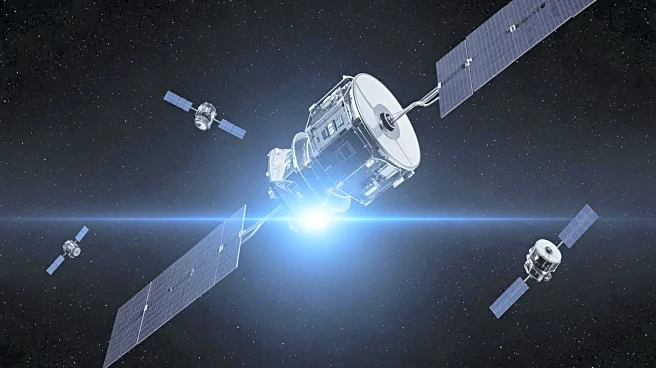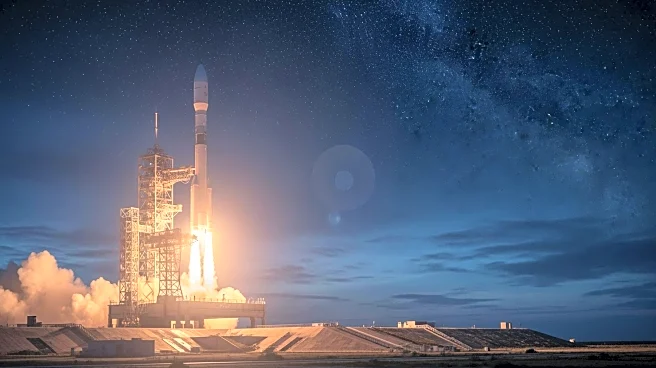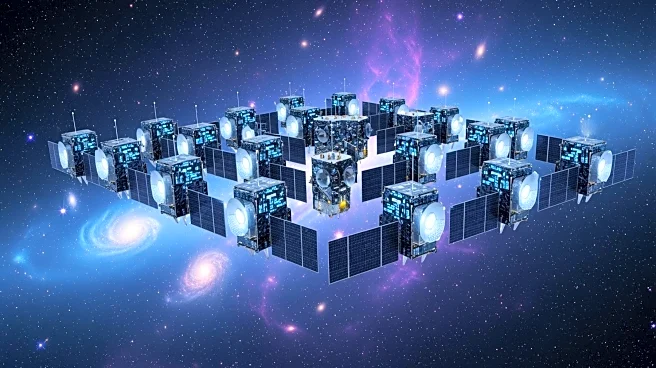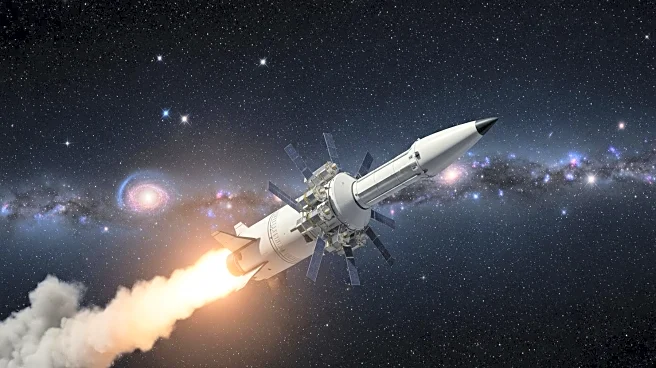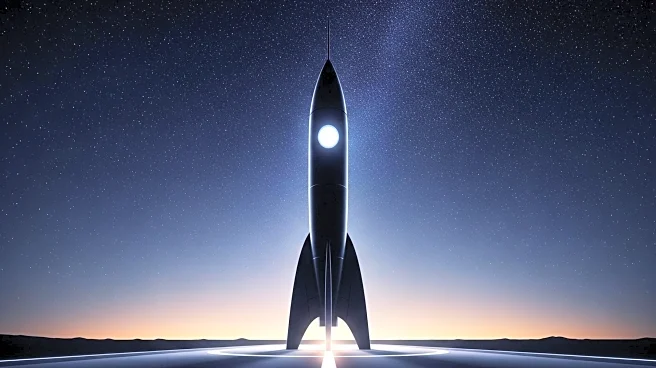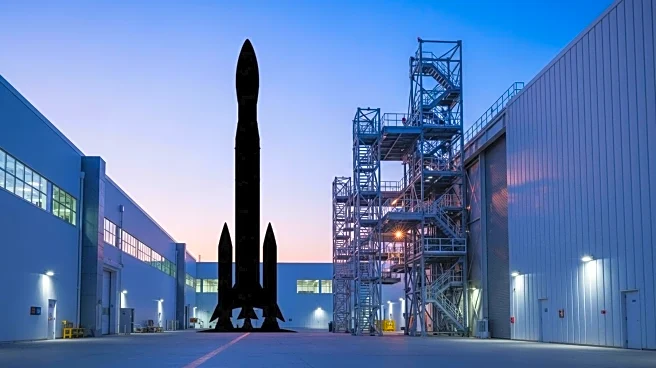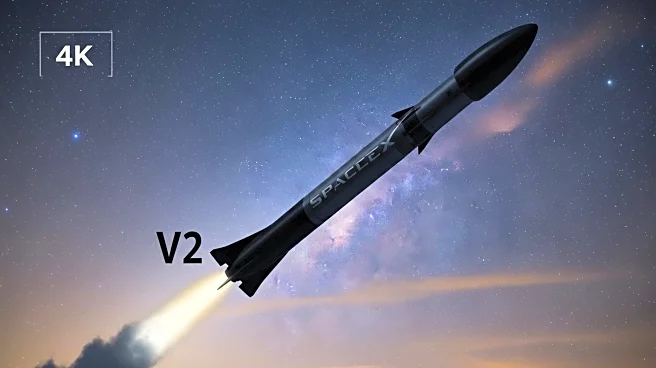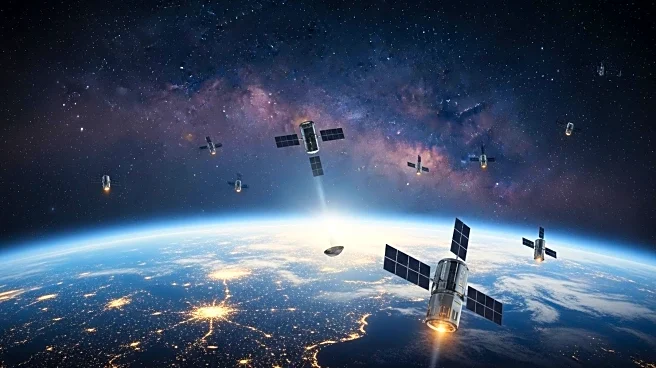What's Happening?
SpaceX has launched 28 Starlink satellites into orbit using its Falcon 9 rocket, marking the 130th flight of the year. The launch took place at Cape Canaveral Space Force Station in Florida, with the rocket lifting
off at 5:57 a.m. EDT. The first stage of the rocket successfully landed on the SpaceX drone ship 'Just Read The Instructions' in the Atlantic Ocean. This particular booster, designated B1095, has completed its third launch and landing, all for Starlink missions. The upper stage of the Falcon 9 continued to carry the satellites to low Earth orbit, where they are scheduled to be deployed 64 minutes after liftoff.
Why It's Important?
The successful launch of Starlink satellites is crucial for SpaceX's goal of expanding its internet megaconstellation, which currently consists of nearly 8,600 operational satellites. This expansion aims to provide global internet coverage, particularly in underserved areas, potentially transforming telecommunications and internet access worldwide. The frequent launches demonstrate SpaceX's operational efficiency and technological prowess, reinforcing its position as a leader in the aerospace industry. The achievement also highlights the growing importance of satellite internet services in bridging digital divides and supporting global connectivity.
What's Next?
SpaceX is likely to continue its aggressive launch schedule to further build out the Starlink constellation, aiming to enhance service quality and coverage. The company may face regulatory and competitive challenges as it expands its satellite network, requiring strategic navigation of international policies and market dynamics. Stakeholders, including governments and telecommunications companies, will be monitoring SpaceX's progress and its impact on global internet infrastructure. Future launches and technological advancements could lead to new partnerships and innovations in satellite communications.
Beyond the Headlines
The expansion of the Starlink constellation raises questions about space debris and orbital congestion, prompting discussions on sustainable space practices. As satellite numbers increase, the need for effective space traffic management and debris mitigation strategies becomes more pressing. Additionally, the widespread availability of satellite internet could influence cultural and economic shifts, as remote and rural areas gain access to digital resources and opportunities.
